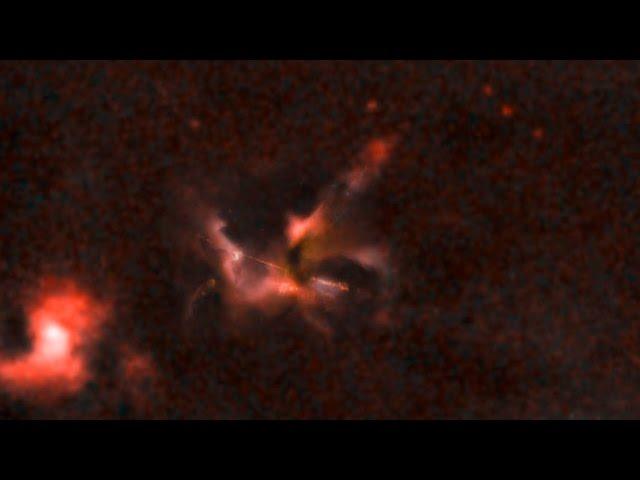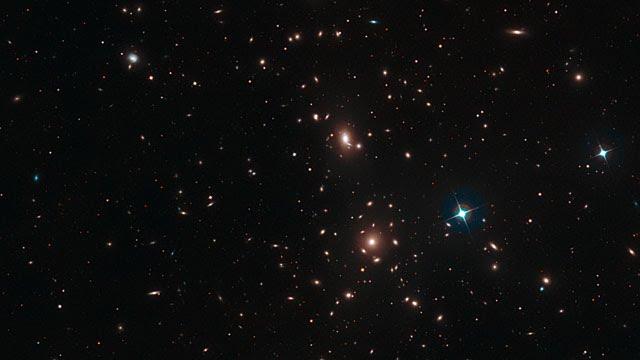Outer Space & Universe
Outer Space & Universe
Space, also known as outer space, is the near-vacuum between celestial bodies. It is where everything (all of the planets, stars, galaxies and other objects) is found.
On Earth, space begins at the Kármán line (100 km above sea level). This is where Earth's atmosphere is said to stop and outer space begins. This is not a firm boundary but is a convention used by scientists and diplomats.
Items in space are free to move back and forth; up and down; and left and right. These three dimensions are what make 3D space. Items also move forward through time, which is sometimes called the fourth dimension.
The majority of space contains very little matter and so most of it is a vacuum. Scientists do not know how big space is but we do know that space is extremely big, and is always expanding.
According to the big bang theory, all matter and energy in the Universe was compressed into a very small space. Then it exploded and started expanding. Space is still growing in size today; this means the distance from one galaxy to distant galaxies is getting longer.
Gravity is the force that keeps the Moon in orbit around the Earth and the planets in orbit around the Sun. Gravity can stretch and bend space similar to how a heavy ball placed on a stretched sheet of rubber will cause the rubber to stretch. The scientist who discovered that space can bend is named Albert Einstein. How gravity bends space is part of his theory of general relativity.
Astronauts, Cosmonauts, Taikonauts and Spationauts
An astronaut is any person who is trained by NASA to travel and perform tasks in space. Although the space traveler may not necessarily be a United States citizen, each astronaut does go through a rigorous training regiment by the National Aeronautics and Space Administration. Other space travelers go by other names then astronaut depending on their country of origin.
In the United States, astronaut is derived from the Greek words ástron (star) and nautis (sailor). While, in Russia, a space traveler goes by the name космонавт (English: cosmonaut), which is derived from the Greek words kosmos (universe) and nautis (sailor). Westerners call a space traveler from China a taikonaut, based on the 1998 writings of Chiew Lee Yik and Chen Lan where the term tàikōng (great emptiness), Chinese for “space”. In China, the term yuháng yuán (universe navigator) is used for space traveler.
Only the United States of America (United States), Russia (earlier, the Union of Soviet Socialist Republics), and the People’s Republic of China (China) have sent manned spacecraft into space. Other countries have assisted these countries by sending their own space travelers on space missions. For instance, a French space traveler is called a spationaut (from the French word spationaute), which is derived from the Latin spatium (space) and Greek nautis (sailor). (plural in Greek nautes = sailors)
-
01:00
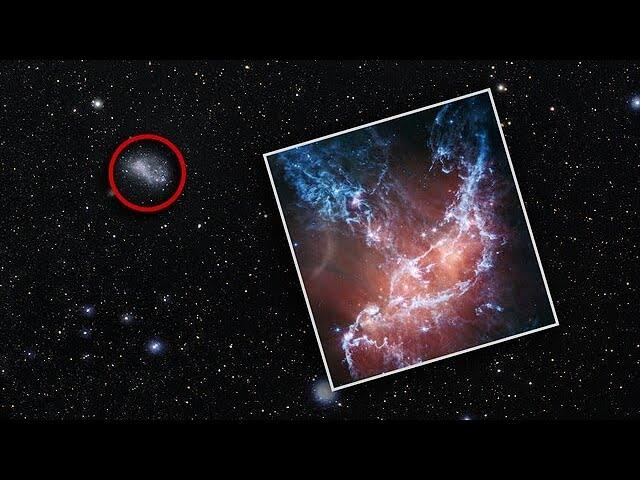
Zooming into NGC 346
Added 88 Views / 0 LikesThis video takes the viewer on a journey to NGC 346, one of the most dynamic star-forming regions in nearby galaxies, as seen by the NASA/ESA/CSA James Webb Space Telescope.NCG 346 is located in the Small Magellanic Cloud (SMC), a dwarf galaxy close to ou
-
01:19
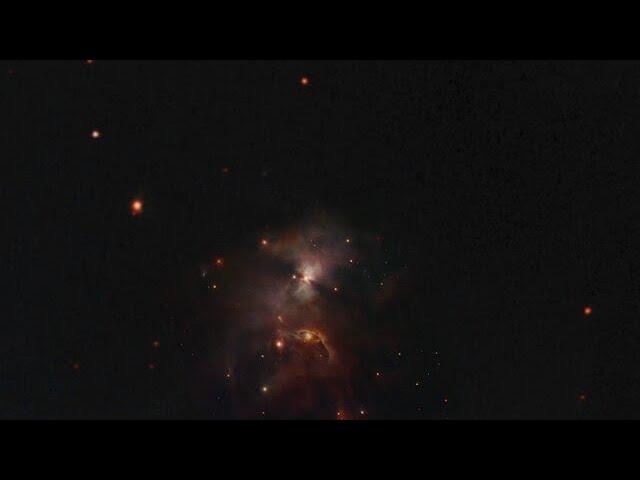
Zooming Into the Bat Shadow and its “Flapping”
Added 301 Views / 0 LikesThis video takes the viewer from the region around the Serpens Nebula to the young star HBC 672. This star is known by its nickname of Bat Shadow because of its wing-like shadow feature. The NASA/ESA Hubble Space Telescope has now observed a curious “flap
-
00:51
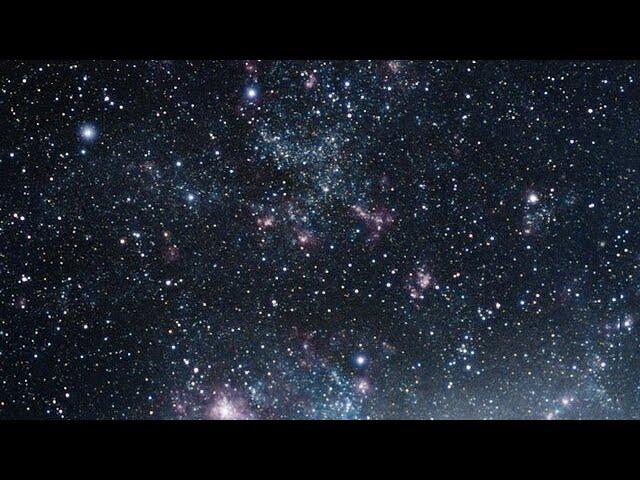
Zooming Into the Cosmic Reef
Added 408 Views / 0 LikesThis video zooms into one of the most photogenic examples of the many turbulent stellar nurseries the NASA/ESA Hubble Space Telescope has observed during its 30-year lifetime. The portrait features the giant nebula NGC 2014 and its neighbour NGC 2020 whic
-
00:51
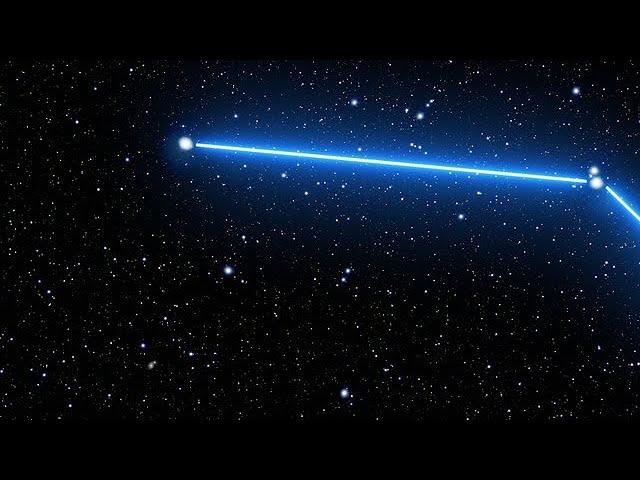
Zooming into the galaxy cluster A1758N
Added 568 Views / 0 LikesZooming into the galaxy cluster A1758N
-
00:50
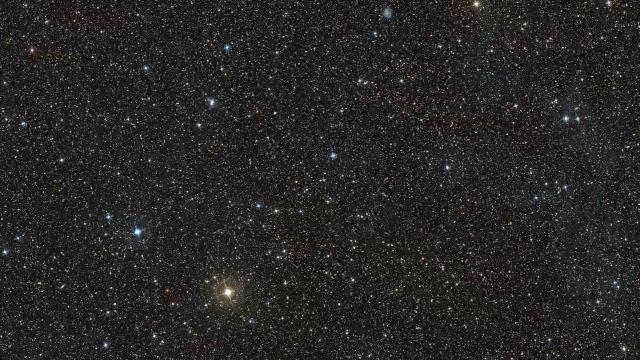
Zooming Into the Stingray Nebula
Added 205 Views / 0 LikesThis video zooms into the nebula Hen 3-1357, nicknamed the Stingray nebula, which has faded precipitously over just the past two decades. Witnessing such a swift rate of change in a planetary nebula is exceedingly rare, say researchers.More information an
-
00:51
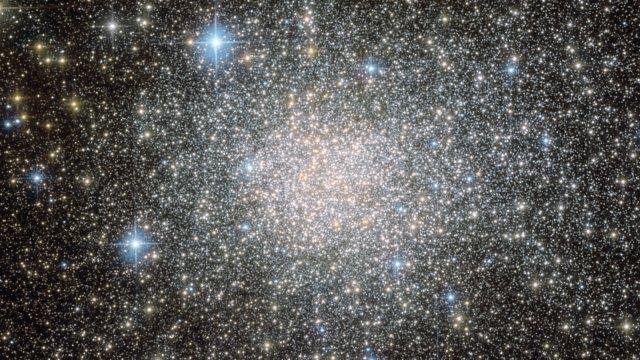
Zooming on the star cluster Terzan
Added 591 Views / 0 LikesZooming on the star cluster Terzan
-
00:51
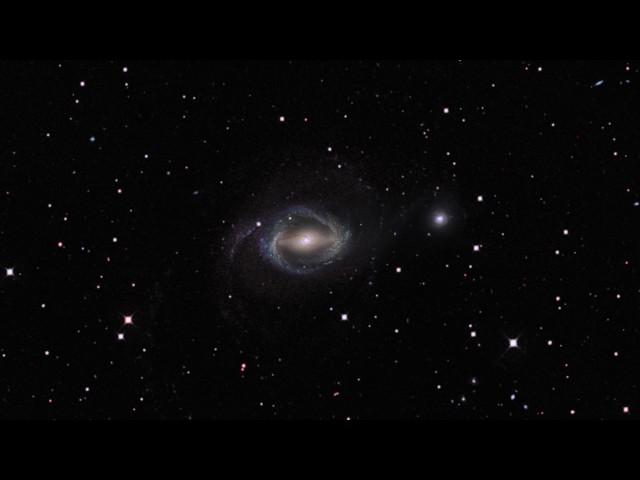
Zooming onto the galaxies NGC 1512 and NGC 1510
Added 485 Views / 0 LikesZooming onto the galaxies NGC 1512 and NGC 1510
-
04:01
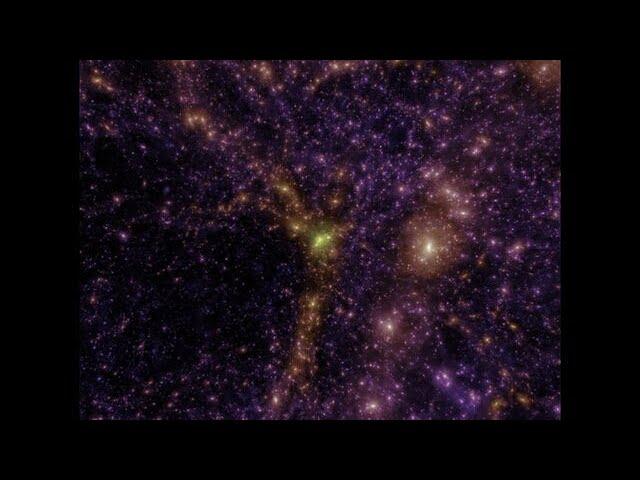
Zooming Through the Cosmic Web (Artist’s Impression)
Added 345 Views / 0 LikesThis video takes the viewer on a journey through the cosmic web. In shaping the Universe, gravity builds a vast cobweb-like structure of filaments tying galaxies and clusters of galaxies together along invisible bridges hundreds of millions of light-years
-
00:51
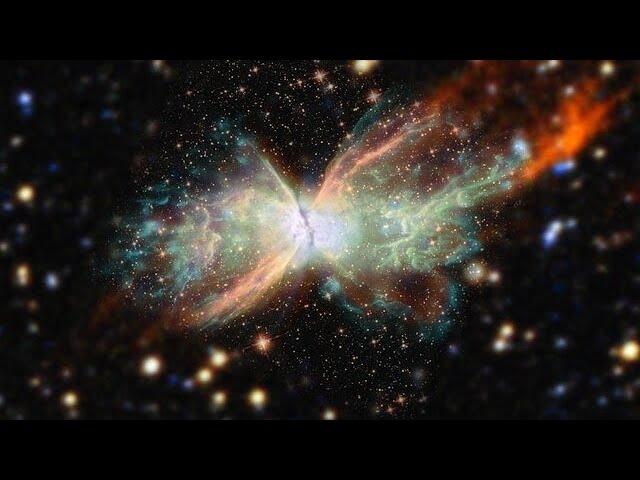
Zooming-in to NGC 6302
Added 417 Views / 0 LikesThis video zooms into the planetary nebula NGC 6302, commonly known as the Butterfly Nebula. NGC 6302 lies within our Milky Way galaxy, roughly 3800 light-years away in the constellation of Scorpius. The glowing gas was once the star's outer layers, but h
-
00:51
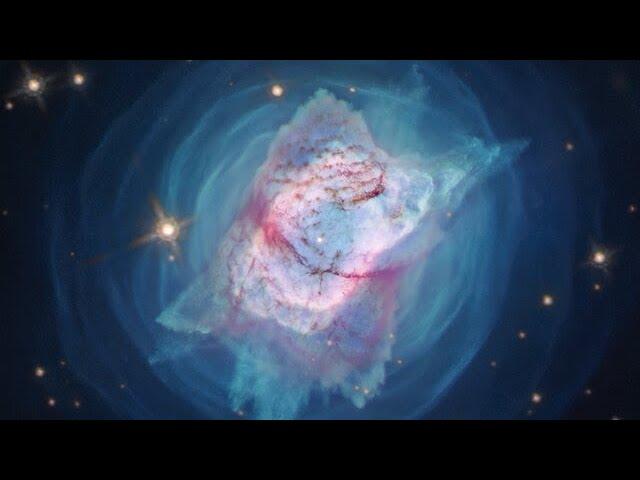
Zooming-in to NGC 7027
Added 371 Views / 0 LikesThis video zooms into the planetary nebula NGC 7027.The object had been slowly puffing away its mass in quiet, spherically symmetric or perhaps spiral patterns for centuries — until relatively recently when it produced a new cloverleaf pattern.More inform
-
23:09
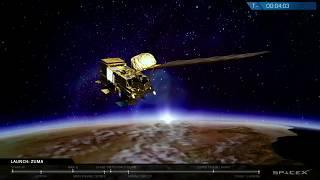
ZUMA Mission
Added 557 Views / 0 LikesSpaceX is targeting launch of the Zuma spacecraft from Space Launch Complex 40 (SLC-40) at Cape Canaveral Air Force Station, Florida. The two-hour primary launch window opens at 8:00 p.m. EST on Sunday, January 7, or 1:00 UTC on Monday, January 8. A backu
-
00:30
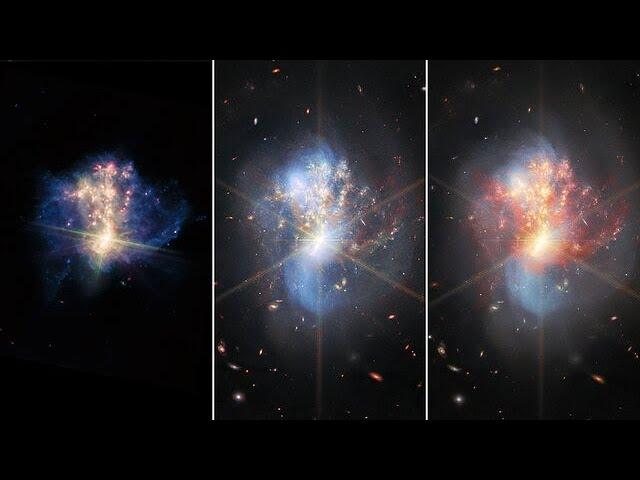
Webb’s Three Views of IC 1623
Added 136 Views / 0 LikesThese images from the NASA/ESA/CSA James Webb Space Telescope depicts IC 1623, an entwined pair of interacting galaxies which lies around 270 million light-years from Earth in the constellation Cetus. Shown first is Webb’s view of IC 1623 as seen by the M
-
01:45
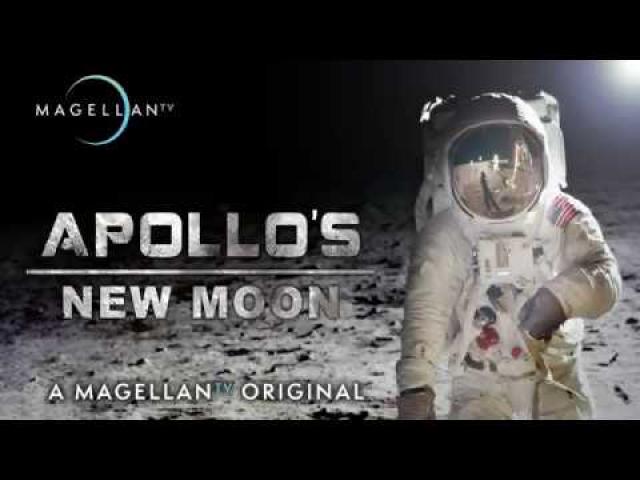
‘Apollo's New Moon- 4K’ on MagellanTV - Trailer
Added 233 Views / 0 LikesThe world cheered when the first Apollo crew set foot upon the Moon. Few knew at the time that what they found would touch off a chain reaction in our understanding of the origin of the solar system, Earth, and life. An intensive effort by filmmakers to e
-
01:01
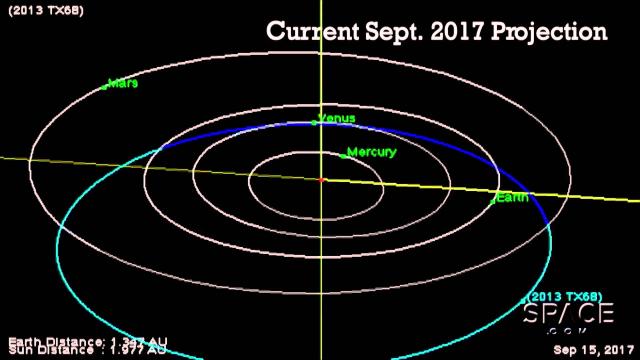
‘Bigger Than Chelyabinsk’ Asteroid To Skim By Earth | Orbit Animation
Added 695 Views / 0 Likes‘Bigger Than Chelyabinsk’ Asteroid To Skim By Earth | Orbit Animation
-
01:10
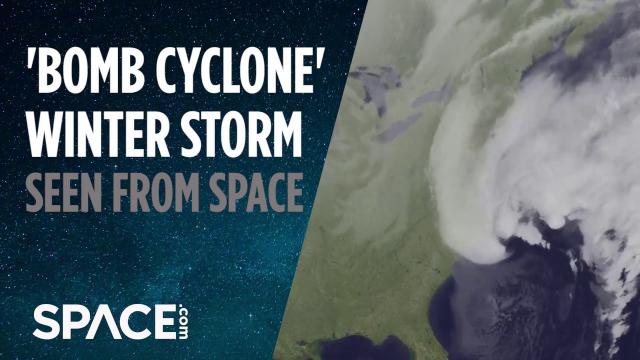
‘Bomb Cyclone’ Winter Storm Seen from Space
Added 624 Views / 0 Likes‘Bomb Cyclone’ Winter Storm Seen from Space
-
02:45
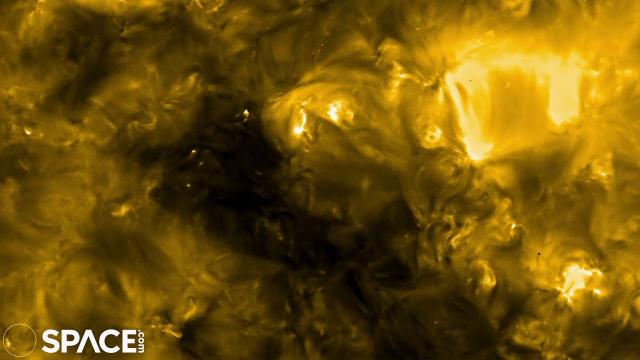
‘Campfires’ seen on Sun in closest images yet
Added 269 Views / 0 LikesESA’s Solar Orbiter captured this amazing imagery about 77 million kilometers (47 million miles) from the Sun. The 'campfire'-looking phenomena seen are "omnipresent miniature eruptions that could be contributing to the high temperatures of the solar coro
-
07:41
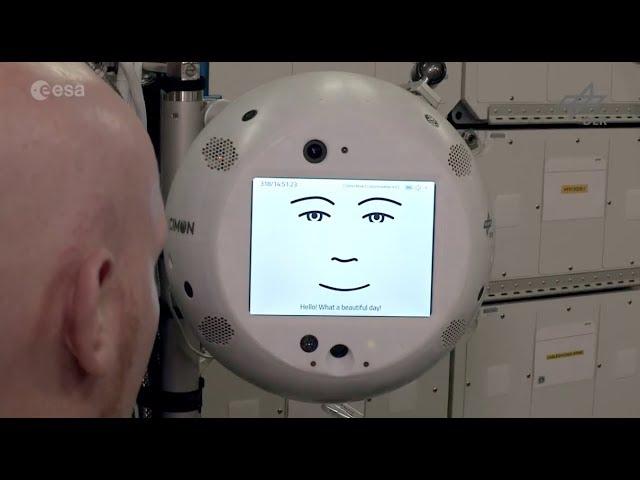
‘Cimon, Wake Up’ - AI Robot Activated on Space Station
Added 392 Views / 0 LikesAstronaut Alexander Gerst interacts with Cimon, the Crew Interactive Mobile CompanioN on the International Space Station. Cimon is a "3D-printed plastic sphere designed to test human-machine interaction in space," according to ESA. -- Learn more about Cim
-
00:54
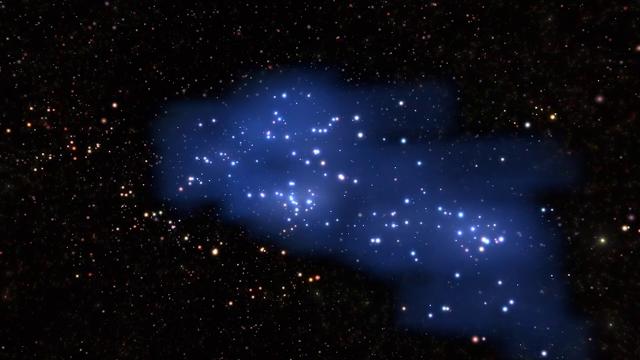
‘Colossal Structure’ In the Early Universe Visualized
Added 474 Views / 0 LikesA galaxy proto-supercluster was discovered using VIMOS instrument of ESO’s Very Large Telescope. The astronomers who discovered it have nicknamed the behemoth “Hyperion.” It has been visualized here.

